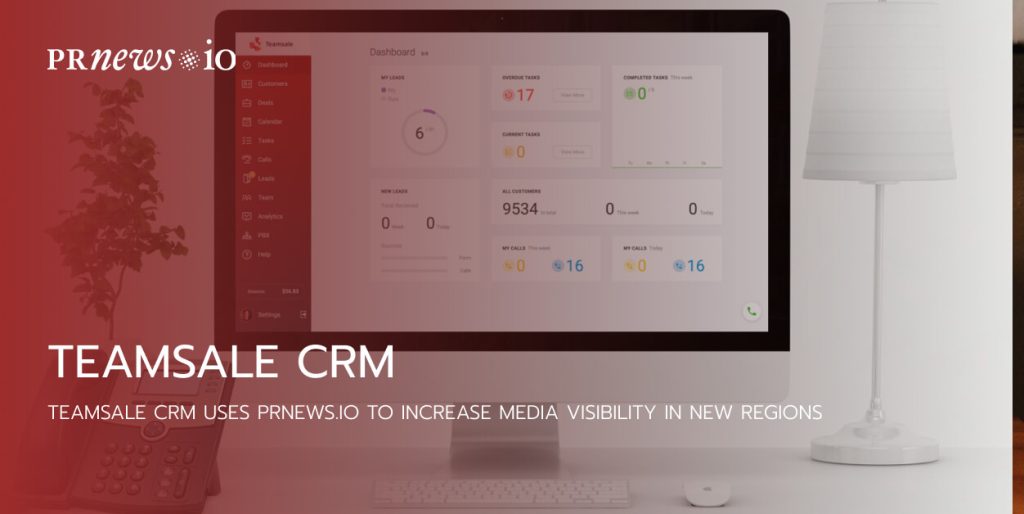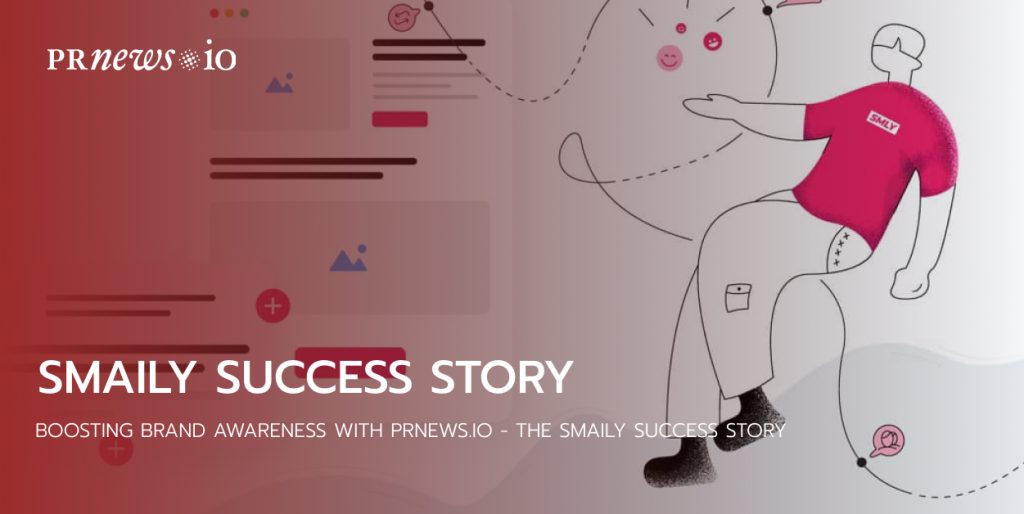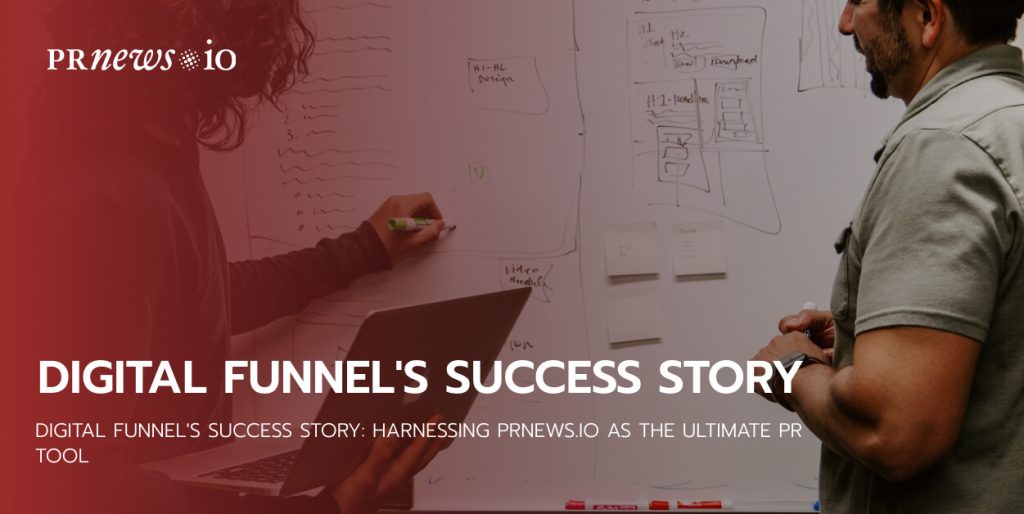Introduction to the site indicators is a reasonable way to ascertain the effectiveness of future publication. PRNews.io provides all the necessary information about the sites including data on geography, traffic sources, and SEO-metrics.
You can analyze the metrics of the site by yourself. To do this, you can use Similarweb, Semrush, Alexa, Checktrust, and other services. But it takes time and can’t be done for free. A full package of Similarweb services cost starts at $1099. For Semrush it is from $99.95 to $399.95, for Alexa it’s from $99 to $149, etc.
Sometimes it is necessary to publish a press release ASAP and there is no time to look for information about sites. In this case, PRNews.io will help you. It contains current data about more than 10 thousand publications around the world.
Main indicators
For example, let’s consider the data of the British business newspaper LondonlovesBusiness.com.
.png)
Forecast of visits. Info about visitors for a period of time. For example, LondonlovesBusiness.com in June 2018 was visited by 109,178 readers. The forecast in August 2018 is 109.2 thousand visits. It is not guaranteed that such a large number of people will visit the site. PRNEWS.io statistics over the past six months will allow you to assess the trend of visits and the potential of the publication. This will help to deduce the arithmetic mean and calculate the approximate result.
Time spent on the site. On average, LondonlovesBusiness.com users spend 35 seconds on the site. They come here to read the news or just look through the headlines in search of interesting material.
Pageviews. A total number of pages viewed per visit. For LondonlovesBusiness.com, this figure is 1.38. In most cases, users read specific material and do not go any further. For the news media, this is normal.
Bounce Rate. The percentage of visitors who came to the site and did not proceed further on the pages. The lower this indicator, the better results you get. But it’s not true for everyone. For news sites, business cards, or single-page sites, a very high rate of failure is normal. The user came in, read the news, or looked at the company’s price list, and left. The site coped with its intended purpose, and its bounce rate is high. LondonlevesBusiness.com has a bounce rate of 73.63%. Readers go to the site to read what interests them and get out.
Normal bounce rates for different types of sites:
- News / one-page site (landing) – 60-70%.
- Online store – 30-40%.
- Information/entertainment site – 10-20%.
Usually, if a user visits a page from a search engine (Google, Yandex), then the failure rate will be lower. If you clicked on the link from the social network it would be higher.
Traffic sources and geography of visits
.png)
There are several types of traffic. Their analysis helps to evaluate the audience of readers or potential customers.
- Search engine. People are following links from search engines.
- Referral (referenced) transitions to the site from links placed on other resources.
- Social. Traffic from social networks.
- Direct (bookmarking). People go through the bookmarks added in the browser or drive in the URL of the site. Typically, these are returned to the site users who came on one of the three previous sources.
The bulk of users of LondonlovesBusiness.com – 47,42% – go to the site by direct links or from the search (41.14%). This indicates the narrow profile of the media. Its pages are visited not for idleness, but mostly for business reasons.
The share of referral traffic accounts for 8.04% of visits, and 1.97% of social networks. The publication does not use social networks as an attraction tool and does not offer customers such an option. Revocations of news, articles, and other content of the newspaper in social networks is the merit of the readers.
The geography of visits is not always monotonous. Large sites can be read by residents of many countries.
We analyzed the data of popular sites from different parts of the world and found out where people come from:
- From neighboring countries. For example, Belarusian sites are actively reading in Ukraine and Russia and vice versa. This is true for all sites with content that is understood by residents of neighboring countries or similar cultures. It can be online stores with delivery to the nearest countries. Entertaining or thematic sites that affect, topics interesting and understandable to residents of several countries.
- Diaspora. People who have left for earnings or for permanent residence in another country can significantly influence the performance of the site. As it turned out, popular Chinese sites are read in America, Singapore, Hong Kong, and Taiwan. It is natural to assume that foreign visitors of Chinese sites are diaspora, people who have left for other countries but continue to be interested in events at home. Many news sites around the world use this.
- Business communications. Specialized publications related to the economy and production sectors.
In the case of LondonlovesBusiness.com, it can be seen that the bulk of readers live in the UK (61.07%), 9.19% of visitors came from Argentina. The latter, as one of the main exporters of South America, maintains close economic ties with Great Britain.
For many British publications, there is a close relationship with the United States (immigration from the UK) and India (immigration to the UK). From the United States, the newspaper site is visited in 8% of cases, from India is of 2.66%. France closes the list (2.46%). It’s the largest neighboring state.
How to use it
This knowledge will help to choose the best platform for the publication of the press release. In different countries, the cost of publishing on similar sites may differ. Sometimes it makes sense to find an option that is more reasonable in terms of budget. Or to analyze which sites are read by a potential target audience in neighboring countries.
For example, one of the PRNEWS.io research has shown which sites are popular in Ukraine. Here are 10 popular entertainment sites that Ukrainians read most:
| Readers from Ukraine, million | Percentage of coverage of Ukrainian users | Total audience, million | |
| pikabu.ru | 3.21 | 14.87 | 29.59 |
| lifehacker.ru | 1.91 | 8.85 | 13.76 |
| adme.ru | 1.87 | 8.64 | 12.51 |
| ofigenno.com | 1.75 | 28.02 | 4.10 |
| astromeridian.ru | 1.68 | 7.77 | 9.91 |
| fishki.net | 1.66 | 7.68 | 16.34 |
| yaplakal.com | 1.47 | 6.80 | 17.85 |
| takprosto.cc | 0.97 | 4.51 | 3,40 |
| kakprosto.ru | 0.71 | 3,28 | 11,56 |
| starhit.ru | 0.37 | 1,73 | 6,20 |
For the calculation, we used the data of the Internet Association of Ukraine and Similarweb.com service.
Only two of the ten websites are from Ukraine. They are ofigenno.com and takprosto.cc. The rest are of Russian domains.
Such information will help you make the correct choice of the site. If its main readers are residents of other countries and not the right target audience, you can correct the site in time to post the publication.
What is the result?
The success of a publication depends not on one parameter, but on its totality. The big site traffic is cool. But if the bulk of readers from Guangzhou, and the article about discounts of the Novokuznetsk hardware store, then the number of visitors is not so important.
It is important to evaluate all the indicators as the complex: the forecast of views, the geography of visits, and traffic sources. Then the publication will bring real benefits. And the number, isolated from the context, is just a number.
Studying the conditions of publications will help not only to choose the better website but also will reduce the risk of the media’s refusal to publish. In the article “Publication was refused. What to do?” we told how to prevent this and what to do so that the publication should be adopted and published.
We need to figure out two more categories of PRNews.io that will help you choose the right platform: SEO-metrics and audience demographics.





